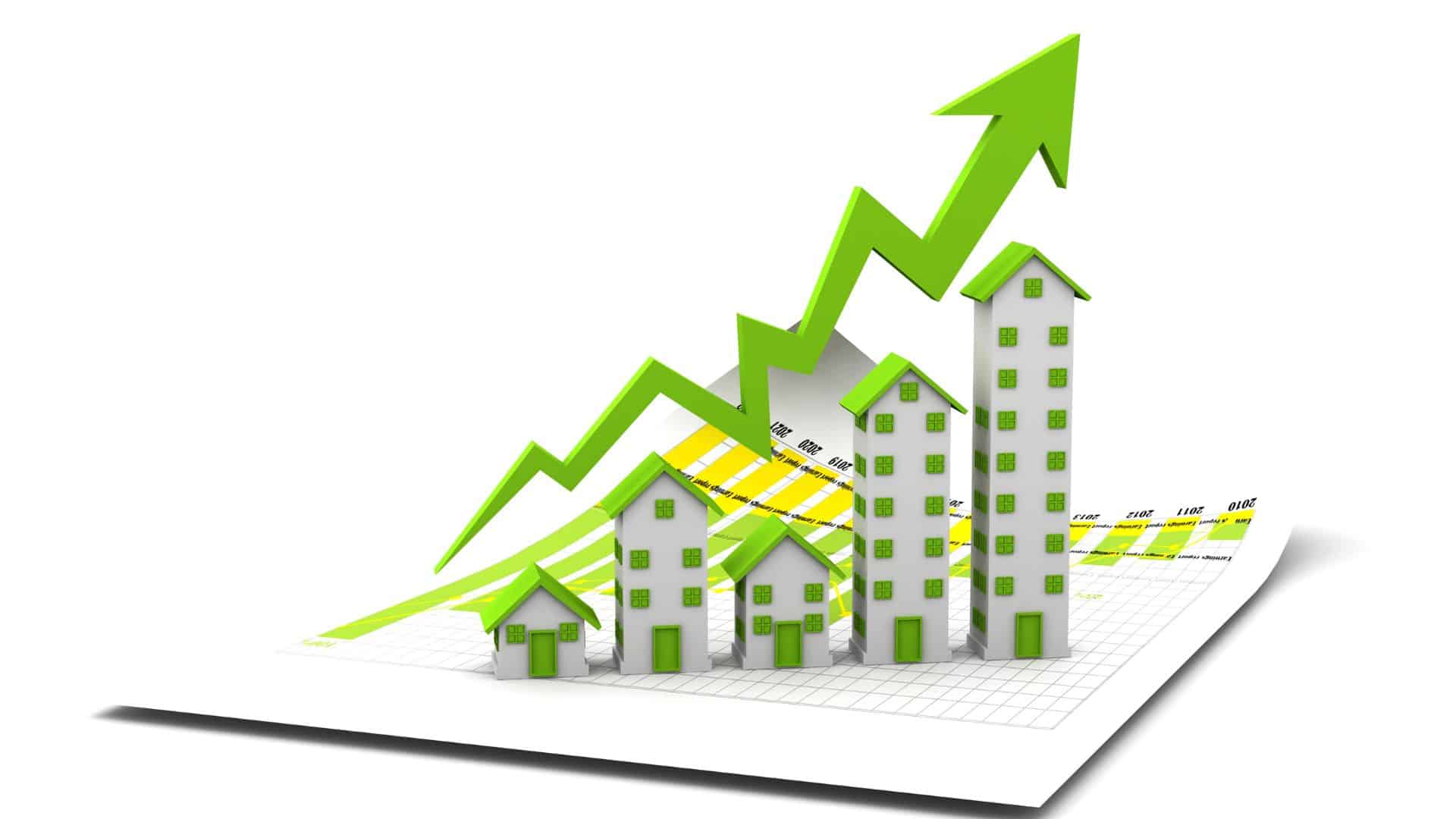The 2025 housing market prediction is a topic of great interest, as economists, lenders, and homeowners alike try to anticipate the future of U.S. home prices and demand. According to Freddie Mac’s latest forecast, the housing market in 2025 is expected to experience a modest slowdown, with home prices predicted to rise by just 0.6%. This conservative projection, reported by Fast Company/ResiClub and based on insights from Freddie Mac deputy chief economist Leonard Kiefer, reflects a balanced outlook—not a recession, but a moderation.

2025 Housing Market Prediction by Freddie Mac
A Conservative Outlook for 2025
Freddie Mac’s 2025 housing market prediction stands out as one of the more cautious forecasts among 16 firms surveyed by ResiClub, which averaged a 3.5% rise in home prices. Freddie Mac’s projection of 0.6% growth suggests a continuation of affordability challenges for many buyers. As Kiefer explains, interest rates have risen significantly since the pandemic-era housing boom, while household incomes have remained relatively flat. This combination creates barriers to homeownership, especially as U.S. home values have surged 53% between 2019 and 2024.
“In general, we’re in an economy that’s doing well but slowing down a bit, and we expect that to continue into next year,” Kiefer shared in his interview with ResiClub. “We’re not expecting a recession—that’s not our baseline view—but lower growth.”

Affordability Challenges Shape the Market
Housing affordability continues to be a central issue in the 2025 housing market prediction. Freddie Mac’s analysis highlights the strain caused by rising home prices and higher mortgage rates. With affordability at its lowest levels since the pandemic boom, many prospective buyers remain priced out of the market. Even with the modest 0.6% growth forecast, some regional housing markets may experience year-over-year price declines due to these pressures.
Adding to the long-term challenges is a national housing shortage of 3.7 million units. According to Freddie Mac’s economists, this supply constraint forces both buyers and renters to bid up housing costs, further squeezing affordability. The expected influx of housing supply from baby boomers—a phenomenon dubbed the “Silver Tsunami”—is unlikely to provide significant relief until the 2030s.

Regional Trends to Watch in 2025
Freddie Mac’s 2025 housing market prediction also considers the dynamics of regional markets. Post-pandemic migration trends, such as the continued flow of residents to Southern markets and the recovery of some Midwestern markets, will play a crucial role in shaping local housing demand. These regional shifts highlight the varied economic and demographic factors influencing the housing market beyond national averages.
Kiefer noted that while the business cycle affects all markets, regional dynamics are key to understanding local housing trends. This nuanced view underscores the importance of monitoring both national and regional factors when evaluating the housing market.
Beyond 2025: What’s on the Horizon?
Looking beyond 2025, Freddie Mac’s economists emphasize the need to address structural challenges in the housing market, particularly affordability and supply shortages. As Kiefer explains, long-term fundamentals like income growth will need to catch up with soaring home prices to restore balance. While the housing market is unlikely to face a dramatic downturn, achieving sustainable growth will require addressing these underlying issues.

Freddie Mac’s 2025 housing market prediction paints a picture of moderation rather than drastic change. With a forecast of 0.6% price growth, the housing market is expected to face continued affordability challenges but avoid a full-blown recession. Regional trends, affordability concerns, and long-term supply constraints will remain key factors shaping the market. As Freddie Mac’s insights suggest, the road to a balanced housing market will require a gradual alignment of income, supply, and demand.
Related posts:
 California WUI: Unpacking the Risks and Challenges
California WUI: Unpacking the Risks and Challenges
 California Housing Market Under Trump: What to Expect
California Housing Market Under Trump: What to Expect
 Homes With Low Natural Disaster Risk Are Rising in Value Faster Than High-Risk Properties
Homes With Low Natural Disaster Risk Are Rising in Value Faster Than High-Risk Properties
 Understanding the Housing Struggles of Gen Z and Millennials in Today’s Market
Understanding the Housing Struggles of Gen Z and Millennials in Today’s Market
 Conversion of Shopping Malls: Transforming Retail into Residential Spaces
Conversion of Shopping Malls: Transforming Retail into Residential Spaces



